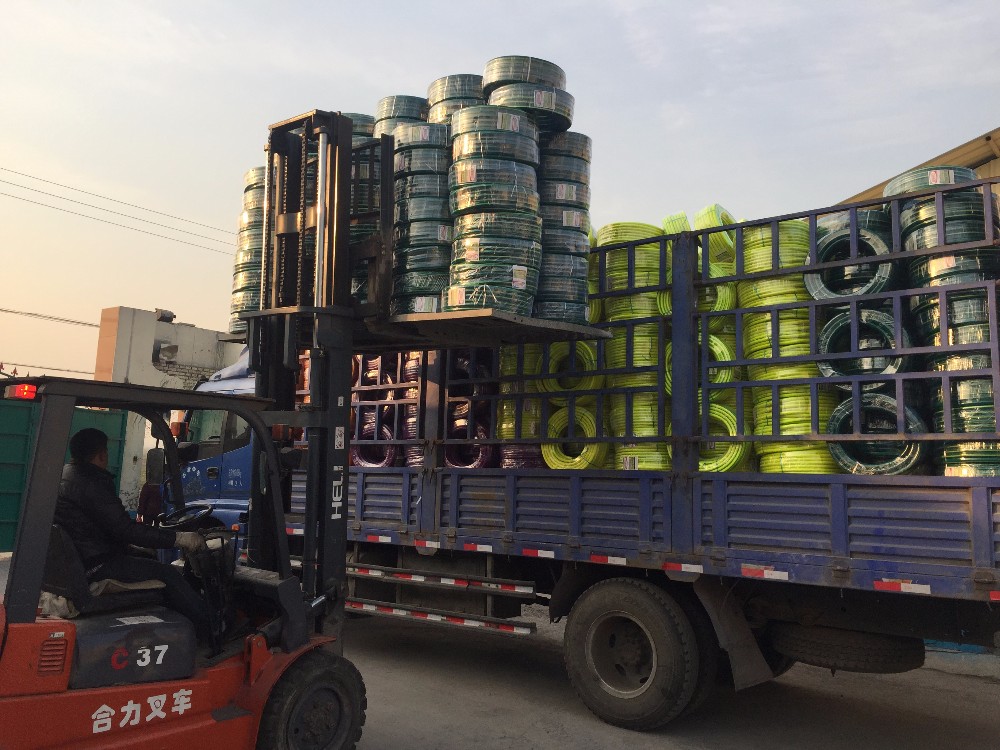High-Performance Bulk Vacuum Hose Solutions for Efficient Material Handling and Transportation
Understanding Bulk Vacuum Hose A Comprehensive Guide
Bulk vacuum hoses are vital components in various industries, playing a crucial role in efficient material handling and transfer processes. These robust hoses are designed to transport dry bulk materials, liquids, and slurries, making them essential in fields such as agriculture, construction, mining, and food processing. This article delves into the importance, types, materials, and applications of bulk vacuum hoses.
What is Bulk Vacuum Hose?
Bulk vacuum hose refers to flexible tubing designed specifically for transferring materials under vacuum conditions. These hoses are typically used in conjunction with vacuum pumps, allowing for the efficient movement of bulk materials from one location to another. The unique construction of these hoses enables them to withstand the various pressures and environments they encounter.
Types of Bulk Vacuum Hoses
There are several types of bulk vacuum hoses available, each tailored for specific applications
. The most common types include1. Rubber Vacuum Hose Known for its flexibility and durability, rubber hoses are ideal for heavy-duty applications. They can handle high temperatures and pressures, making them suitable for various industrial processes.
2. PVC Vacuum Hose Lightweight and cost-effective, PVC hoses offer excellent chemical resistance. They are commonly used in food-grade applications due to their non-toxic properties.
3. Polyurethane Vacuum Hose These hoses provide superior abrasion resistance and are ideal for transferring coarse materials. They are often used in construction and mining industries where durability is paramount.
4. Silicone Vacuum Hose Known for its high-temperature resistance, silicone hoses are often used in food processing and high-heat applications. They are flexible and easy to clean, making them perfect for sanitary needs.
Materials of Construction
Bulk vacuum hoses are constructed from various materials, each selected based on the intended application. The main components include
bulk vacuum hose

- Inner Liner This is the layer that comes into direct contact with the material being transported. It is crucial for determining the hose's chemical compatibility and temperature tolerance.
- Reinforcement Layer Often made from materials like polyester or steel wire, this layer provides structural integrity and strength, helping the hose withstand internal pressure.
- Outer Cover The outer layer protects the hose from environmental factors such as UV rays, abrasion, and chemical exposure.
Applications of Bulk Vacuum Hoses
The versatility of bulk vacuum hoses allows them to be used across multiple industries
1. Agriculture Often employed in grain handling and the transfer of fertilizers and pesticides.
2. Construction Used to transfer sand, gravel, and cement in construction sites.
3. Mining Essential for moving bulk materials and ore in various mining operations.
4. Food Processing Applied for transporting raw ingredients and packaged goods while adhering to stringent sanitary standards.
Conclusion
Bulk vacuum hoses play a pivotal role in enhancing operational efficiency across various sectors. With diverse types and materials available, businesses can select hoses that best fit their specific needs and environments. Understanding the capabilities and applications of bulk vacuum hoses can lead to better decision-making and improved productivity in material handling processes. Selecting the right type ensures that businesses can optimize their operations while maintaining safety and compliance.
-
Top Quality Oxy Acetylene Hoses for Sale Fit for Welding DemandsNewsJul.28,2025
-
The Future of Pneumatic Air Tubes in IndustryNewsJul.28,2025
-
Superior and Reliable LPG Hose Pipe Solutions for Every NeedNewsJul.28,2025
-
Exceptionally Durable and Versatile Premium Braided PVC TubingNewsJul.28,2025
-
Best Adapters for Connecting Garden Hose to PVC Pipe ConnectionsNewsJul.28,2025
-
The Essential Role of LPG Hoses in Safe and Efficient Gas DistributionNewsJul.16,2025














